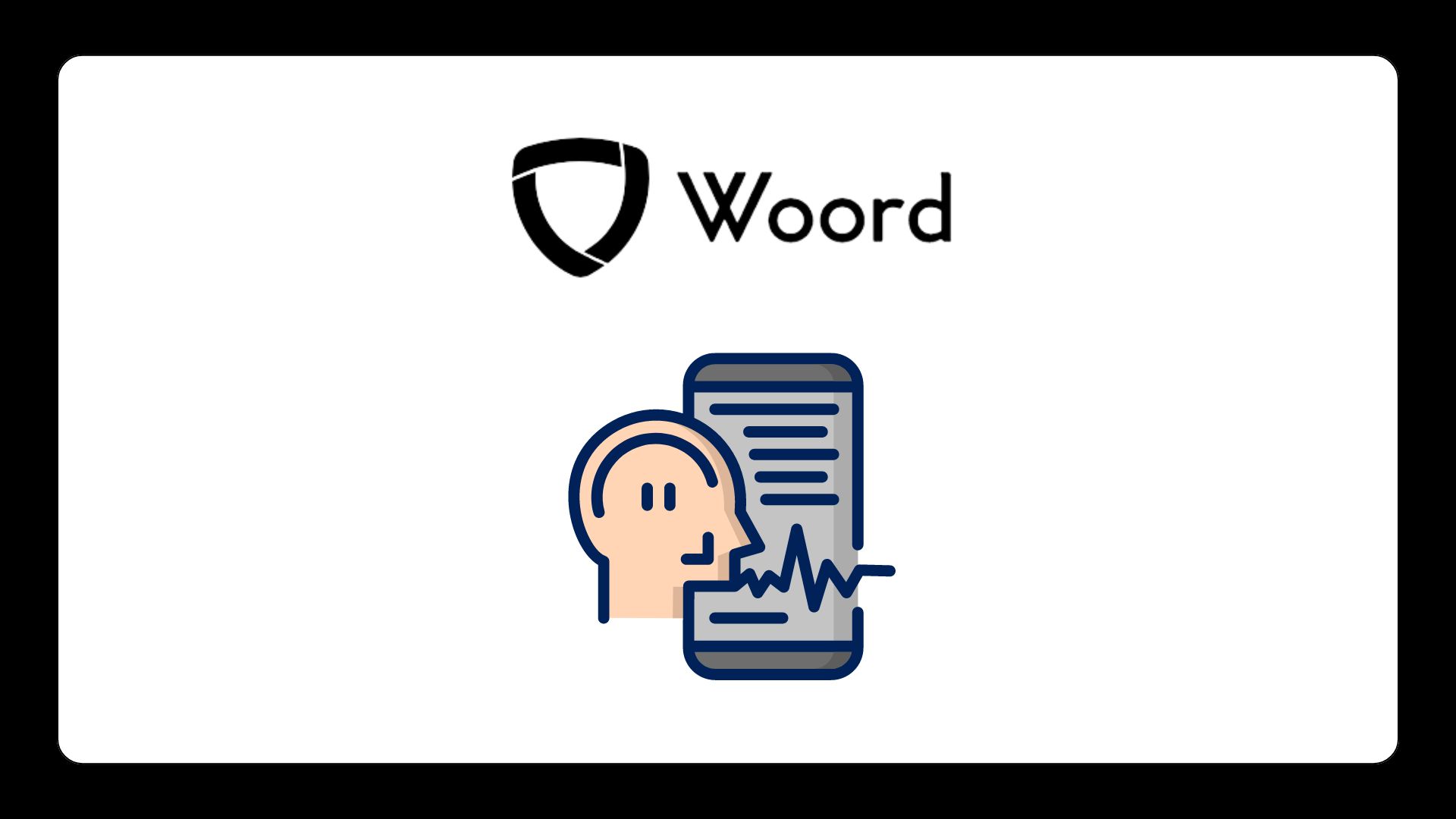Text To Speech Software: Convert Text To Audio Easily

Text To Speech software is revolutionizing the way we communicate by breaking down barriers to information. For individuals with visual impairments, dyslexia, or other disabilities, TTS provides a means to access text-based content in a way that suits their needs. This has profound implications for education, employment, and everyday life, as it empowers individuals to engage with content independently.
Furthermore, text to speech software is revolutionizing digital accessibility. TTS-capable websites, applications, and gadgets provide a more inclusive experience by accommodating users who need or prefer audio over text. In addition to helping people with impairments, this move toward auditory accessibility improves the user experience for a larger audience, which includes people who are on the go or have limited reading time.
The Evolution of Text to Speech Software Technology
The journey of TTS technology began with rudimentary systems that could barely be considered "speech" by today’s standards. Early attempts at TTS were mechanical, using devices that mimicked the human vocal tract to produce sounds. These systems were limited in their capabilities and produced speech that was often unintelligible and robotic.
The advent of digital technology marked a significant turning point for TTS. Early digital systems used simple algorithms to convert text into phonetic representations, which were then synthesized into speech. While these systems were a marked improvement over mechanical methods, they still lacked the naturalness and fluidity of human speech. The voices were monotone, lacking the pitch, tone, and rhythm that characterize human communication.
The development of machine learning and artificial intelligence (AI) has revolutionized Text to Speech Software. Thanks to these technologies, TTS systems can now learn from large datasets of human speech and generate voices that are incredibly realistic in addition to being understandable. To produce audio that sounds more natural, machine learning algorithms examine the subtleties of human speech, such as intonation, stress, and timing.
AI-powered text-to-speech (TTS) systems are able to comprehend context and modify their output accordingly. For instance, they can alter the tone of their voice to represent other accents, accentuate key points, or express emotions. This has greatly increased the effectiveness and versatility of TTS software, creating new opportunities for its use in a variety of industries.
Recap
Almost any type of text can be edited. Written literature includes things like books, blogs, news articles, research papers, and other works. There are over 100 speaking voices in 34 languages. Many languages, including Brazilian Portuguese, Canadian French, and others, have regional translations accessible.
Use an HTML embed audio player for MP3 downloading and audio hosting. This implies that YouTube videos and paid online courses might contain audio files. Its sophisticated artificial intelligence (AI) technology enables it to produce sounds that remarkably resemble human speech.
If a Woord user's subscription is active, they can keep track of any unused audios from month to month. This function is known as accumulated audio. Customers with Starter Subscriptions will have their leftover five audios carried over to the following month if they only listen to five of the ten audios they receive each month. This implies that during the second month, the customer will have access to fifteen audios altogether.

